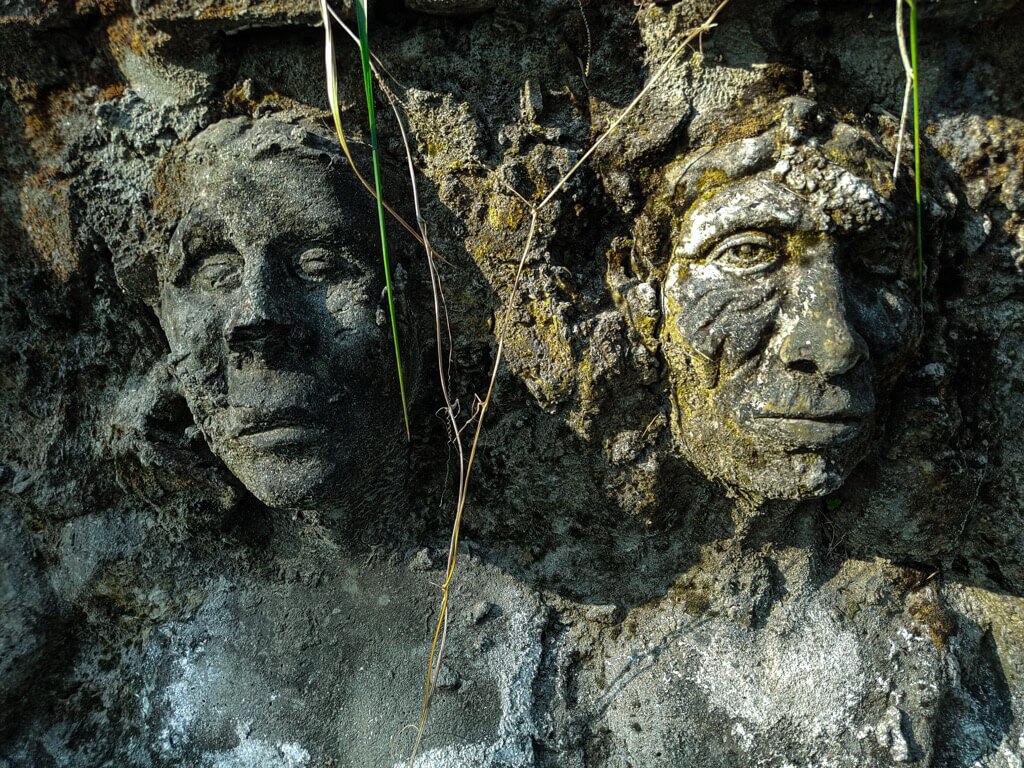In the dense Amazonian forest, the Jivaroan people practiced a chilling ritual, boiling human heads to minuscule sizes known as tsantsas. But why this grisly act? It was rooted in their belief in the malevolent muisak spirit residing within bodies. Headhunters aimed to thwart its powers and control the victim’s soul by crafting these diminutive heads.
For the Jivaroan tribes, decapitating foes was more than warfare—it was a spiritual assertion. Severing heads showcased a warrior’s fulfillment of blood vengeance and sent a stern message of their prowess to adversaries. These warriors, amid battles, deftly detached heads, adorning their headbands with the grim trophies as they fled impending attacks.
The process of head condensation unfolded in varied yet meticulous steps. Whether during journeys or feasts back home, the warriors undertook the gruesome task of skinning and dismembering the heads. The ritualistic boiling involved precise timing, ensuring the head shrank adequately without becoming a mushy mess. The reduction process delved into intricate details—stitching eyelids shut, impaling lips, and the critical boiling phase that transformed heads to a third of their original size. Scraping excess flesh, tanning the interior with hot stones, and sealing features with charcoal ash were steps that highlighted the skilled artistry behind these macabre artifacts.
Surprisingly, despite the craftsmanship involved, shrunken heads were often discarded post-celebration. However, their fate changed as outsiders—curious tourists and collectors—found fascination in these artifacts. Tribes transitioned to trading rather than disposing, altering the trajectory of these eerie trophies.
Time Required for Making Shrunken Heads
The process of making shrunken heads among the Jivaroan tribes was meticulously ritualistic, spanning approximately six days in total. However, the actual shrinking of the heads involved boiling them for a brief duration of about two hours.
Among the Jivaroan tribes—Shuar, Achuar, Huambisa, and Aguruna—the act of creating shrunken heads, though no longer practiced, held immense cultural significance. This ritual was believed to be a means of acquiring the soul of the slain individual, reflecting the deep-seated beliefs of these tribes.
A well-made shrunken head, preserved through specific methods, could endure for several months to even years. Over time, it would continue to shrink and develop distinctive characteristics, maintaining its unique appearance.
The meticulous process involved separating the skin and hair from the skull to allow for differential shrinking rates. Subsequently, eyelids were sewn shut, and the mouth was closed with a peg. The heads were then boiled for a specific duration, contributing to their diminutive size. Authenticity verification of shrunken heads involves a detailed examination of anatomical features, hair fibers, and skin folding. Advanced methods such as X-ray CT scans at various resolutions aid in discerning real shrunken heads from fake ones.
Antique genuine shrunken heads hold considerable value, often selling for a substantial amount ranging from US$50,000 to US$60,000 due to their uniqueness. Each head being distinct contributes to their market worth. While some Jivaroan tribes have transitioned to contemporary lifestyles, adopting modern ways and becoming less isolated, others continue to maintain their traditional way of life. However, this traditional lifestyle is gradually fading as modernization seeps into their villages.
Dark Facts About Shrunken Heads
- Beyond just being war trophies or cultural artifacts, some shrunken heads were collected by traders and European explorers during the 19th and 20th centuries. This macabre trade led to a surge in demand for these heads, often acquired through questionable means and unethical practices.
- Shrunken heads were sometimes used as a tool in political manipulation. During conflicts, rival tribes or leaders might present shrunken heads as a means of intimidating opponents or demonstrating dominance, instilling fear among adversaries.
- Historically, shrunken heads were exhibited in museums and private collections without proper context or respect for the cultural significance behind their creation. This led to debates regarding ethical considerations and cultural appropriation, highlighting the exploitation of indigenous practices for sensationalism.
- While the process of making shrunken heads is often associated with the Jivaroan tribes, other indigenous groups in different regions had similar practices. Some employed unique techniques, like smoking the heads or utilizing specific plant extracts in the shrinking process, showcasing diverse methods of heat preservation.
- Contrary to common belief, not all shrunken heads were male. Women and children were also victims, and their heads were sometimes shrunk, although they were less frequently documented or displayed compared to male heads.
- The commercialization of shrunken heads led to conflicts within the tribes. Some argued that displaying these heads in museums helped preserve their culture, while others deemed it a disrespectful violation of their sacred practices.
- These heads were believed to retain spiritual power. In some cases, shamans or spiritual leaders within the tribes utilized shrunken heads in rituals or ceremonies, harnessing their supposed spiritual essence for various purposes.
- During the 19th century, shrunken heads were occasionally studied by European scientists and physicians, who erroneously believed they held medicinal properties or possessed mystical healing abilities, leading to misguided experiments and beliefs.
- In certain instances, the creation of shrunken heads was not a voluntary or ritualistic act. Captives or prisoners of war from rival tribes were subjected to this gruesome process against their will, marking a darker side of this ritualistic practice.
- Despite efforts to curtail the trade and display of genuine shrunken heads, illegal trafficking and the sale of fake heads continue today, raising ethical concerns and legal issues regarding their possession and trade.

